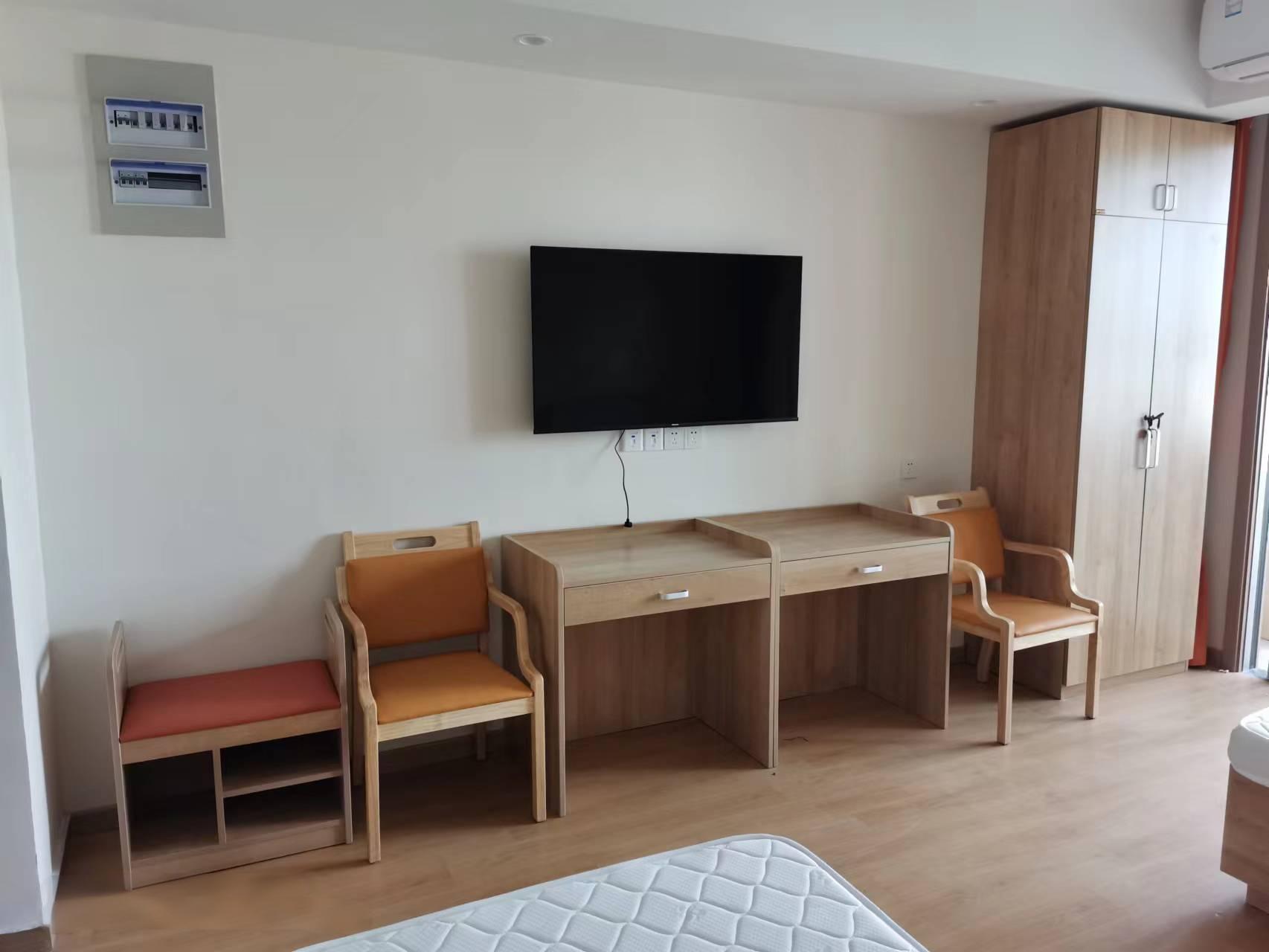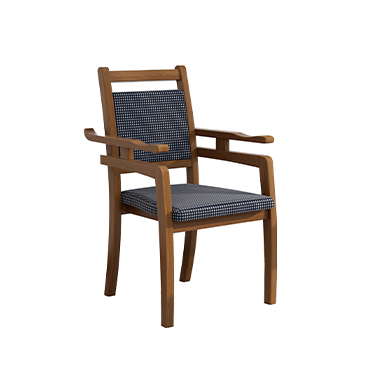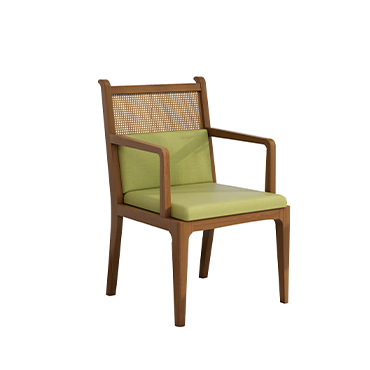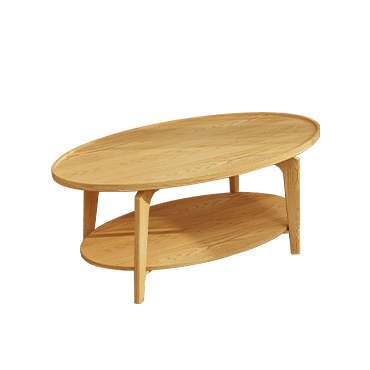Japan’s Home Care Model Explained (Part 1) — Community-Based Integrated Care System & Core Principles
Deep Dive: Operation Mechanism and Key Success Factors of Japan’s Home Care Model
Japan’s home care services refer to providing a full range of services directly to elderly people in familiar settings, ensuring “aging in place” and “dying in place.” Familiar locations include private homes, rental apartments, senior residences, and care facilities. Services include home healthcare, rehabilitation, preventive care, nursing, and long-term care.
Japan’s home care model is a broad concept centered on home-based nursing and medical care, emphasizing an integrated system that meets elderly people’s needs in familiar environments. This article focuses on the community-based integrated care system and its core principles.
Community-Based Integrated Care System
The community-based integrated care system is at the heart of Japan’s home care. Its goal is to enable elderly residents to receive care within their home or familiar community through coordinated personnel, services, and facilities. The system integrates medical care, nursing, prevention, health promotion, and daily support, forming a life circle within a 30-minute walking distance from residents’ homes.
In addition to meeting basic care needs, it provides 24/7, seamless medical and nursing support tailored to different health stages. The system relies on collaboration among governments, care institutions, medical facilities, NGOs, and private organizations. The Community Support Center serves as a coordination hub, integrating resources through information sharing and standardized workflows.
Core Principles: Self-Help, Mutual Assistance, Cooperation, Public Support
Self-Help: Residents and families actively participate in community care. Civic engagement and community governance promote collaboration between citizens, NGOs, and government.
Mutual Assistance: Medical insurance and long-term care insurance share payment responsibilities. Short-term rehabilitation is covered by medical insurance, while long-term maintenance is covered by long-term care insurance.
Cooperation: Residents act both as service recipients and volunteers, supporting the care system.
Public Support: Welfare administration provides professional and financial support.
This system has promoted the development of home medical care and nursing services, integrating preventive, healthcare, and daily support services, creating a unique Japanese home care model.





